Shade Tolerant Herbs For Your Herb Garden
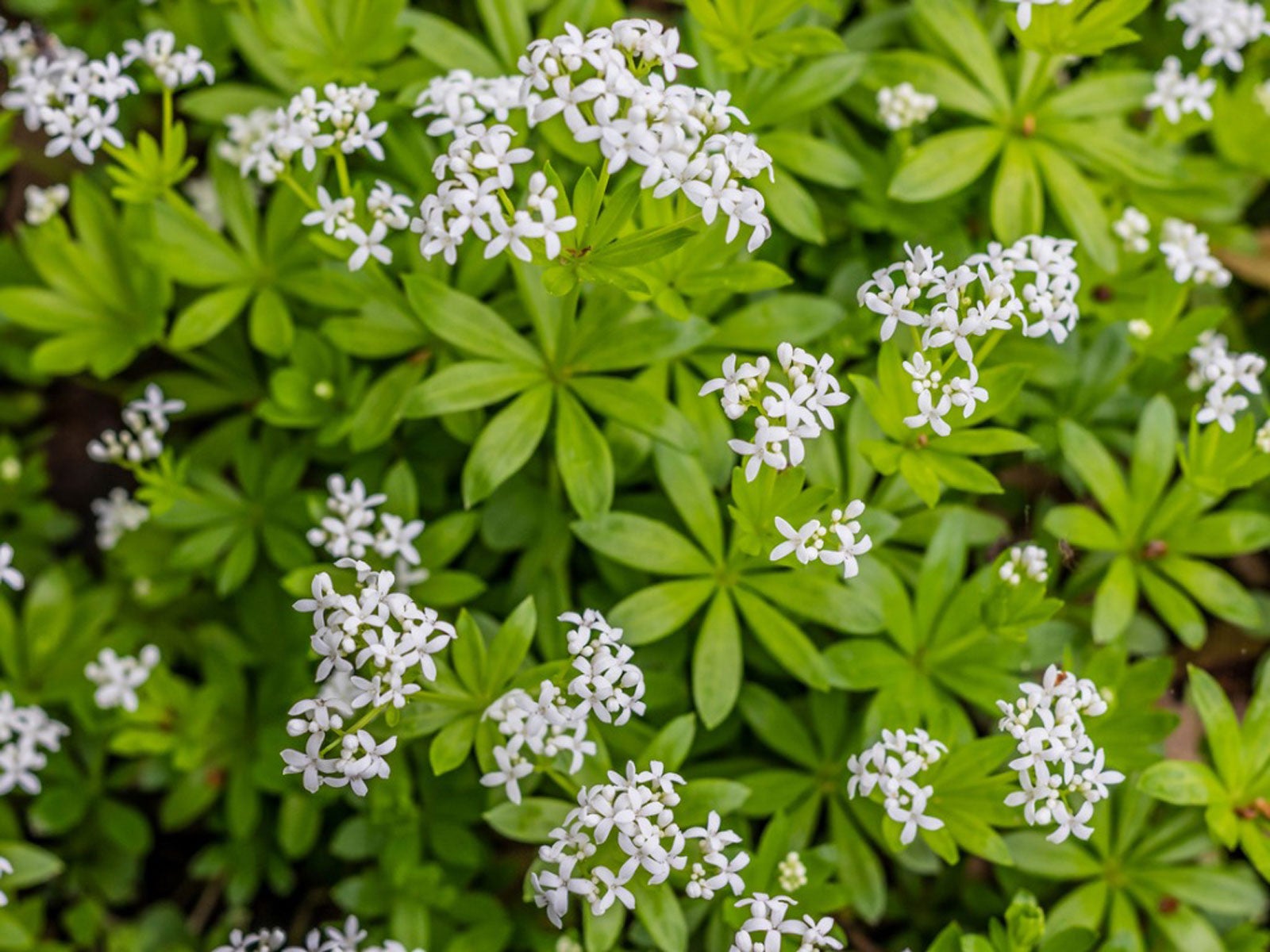

Herbs are generally considered the hardiest of all garden plants. They have relatively few problems with insects and disease and are extremely adaptable. While most herbs prefer to be located in full sun, there are many shade tolerant herbs that can brighten up dull, dark areas of the garden. Shade herbs can make excellent companions for other shade-loving plants like hostas, ferns, and numerous types of bulbs. They make great companions with numerous types of flowering plants as well. Growing herbs for shade is a great way to add color and fragrance to the garden.
Shade Herbs
When growing herbs for shade, it helps to know what herbs will grow in shade. Knowing which herbs are more likely to succeed and understanding their adaptations in shady conditions can increase the chances of success. For instance, while some herbs may require full sun in cooler regions, these same herbs might prefer shady areas in warmer climates. Before choosing shade tolerant herbs for the garden, it's also important to understand the difference between full shade, partial shade, and light shade or partial sunlight.
What Herbs Will Grow in Shade?
Some of the most popular shade tolerant herbs include:
- Lemon balm - Lemon balm grows well in shady areas, especially in dry climates, provided it has adequate drainage.
- Sweet woodruff - Sweet woodruff is great for use in shade, providing excellent ground coverage for dark areas. This shade herb also grows well with bulbs.
- Ginger - Ginger prefers areas of light shade in moist but well-drained soil.
- Chives - Chives also prefer light shade in moist, well-draining soil.
- Parsley - In warmer climates, parsley can be grown in shade.
- Mint - Several varieties of mint also make suitable shade herbs. They do well in lightly shaded areas with adequate moisture and relatively fertile soil.
- Angelica - Angelica plants are also suitable shade herbs.
Growing Herbs for Shade
Shade tolerant herbs also grow taller and lankier as they reach for the sun. However, you can easily keep shade herbs bushier and encourage new growth by pinching back their foliage. It may also help to prune the lower branches of trees to allow more sunlight to peak through. In addition, pruning helps to improve the air circulation of shade herbs. When growing herbs for shade, try to choose herbs that are native to woodland settings. Shade herbs typically require less watering. The majority of shade tolerant herbs prefer moist, humus-rich soil. Amending the soil with organic matter such as compost will help improve the soil quality and ultimate success of the garden. Gardening in the shade doesn't have to be frustrating. Shade herbs can be integrated with other shade-loving flowering plants. Knowing which herbs will grow in shade is key to their success. Choosing and planting shade tolerant herbs is a great way for the gardener with limited sunlight to create diversity within dull areas of the landscape.
Gardening tips, videos, info and more delivered right to your inbox!
Sign up for the Gardening Know How newsletter today and receive a free copy of our e-book "How to Grow Delicious Tomatoes".

Nikki Tilley has been gardening for nearly three decades. The former Senior Editor and Archivist of Gardening Know How, Nikki has also authored six gardening books.
-
 Looking For Plants To Give You The Soft And Fuzzies? Try These 5 Fuzzy Leaf Plant Options
Looking For Plants To Give You The Soft And Fuzzies? Try These 5 Fuzzy Leaf Plant OptionsLovers of texture, drama, silver foliage and tactile plants will adore these special sensory garden additions. These fuzzy leaf plant options will leave you all aglow
By Susan Albert
-
 Get Ready For A Summer Of Hummers! Grow These Full Sun Hummingbird Plants and Flowers
Get Ready For A Summer Of Hummers! Grow These Full Sun Hummingbird Plants and FlowersIf you’re lucky enough to enjoy a sunny backyard, make sure you are maxing out on your pollinator opportunities and grow these full sun hummingbird plants and flowers
By Tonya Barnett
-
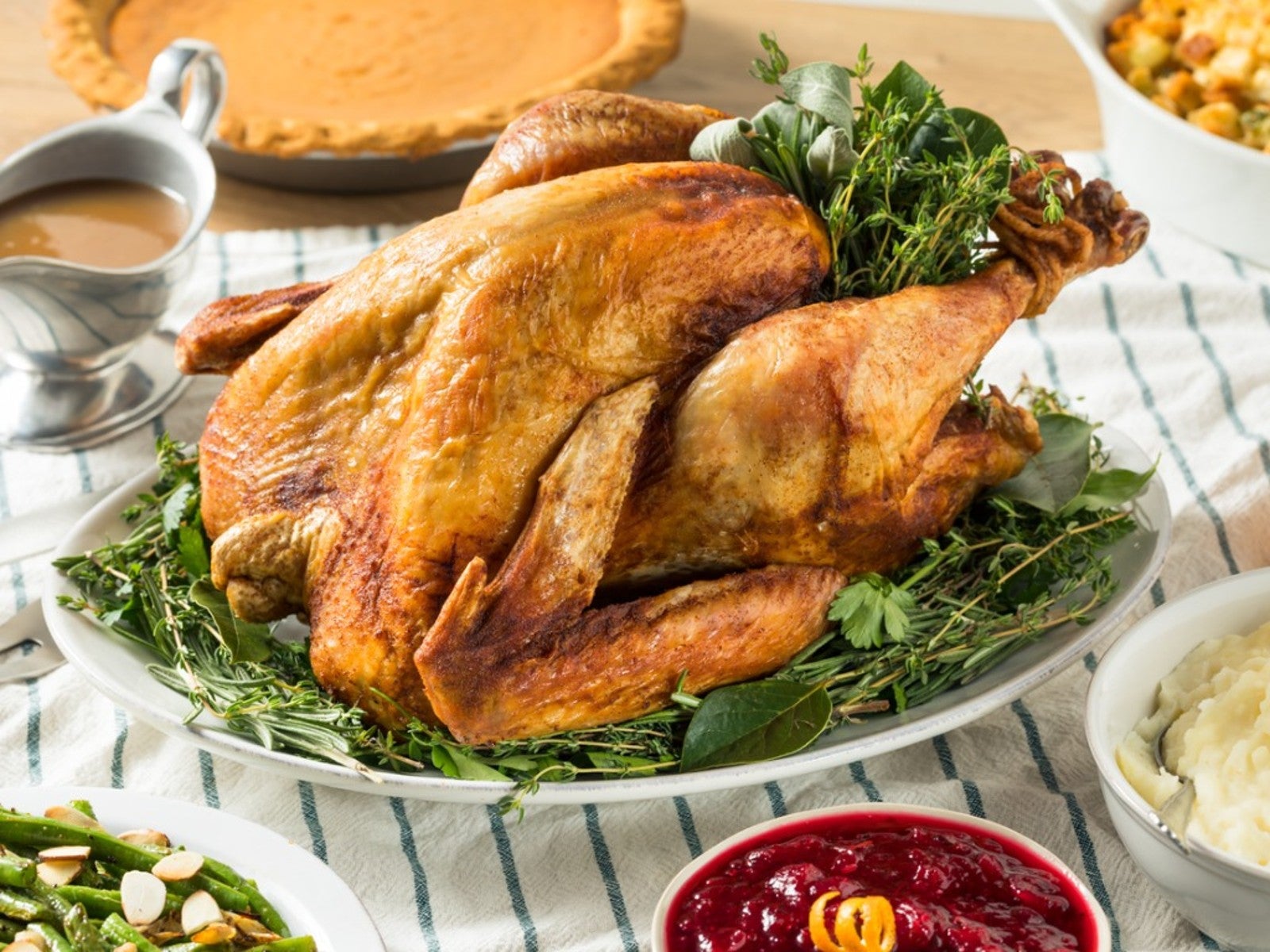 Grow Tasty Herbs For Roast Turkey In Your Garden
Grow Tasty Herbs For Roast Turkey In Your GardenCan you season your turkey with herbs you grow in your own garden? Yes! Click to learn more.
By Amy Grant
-
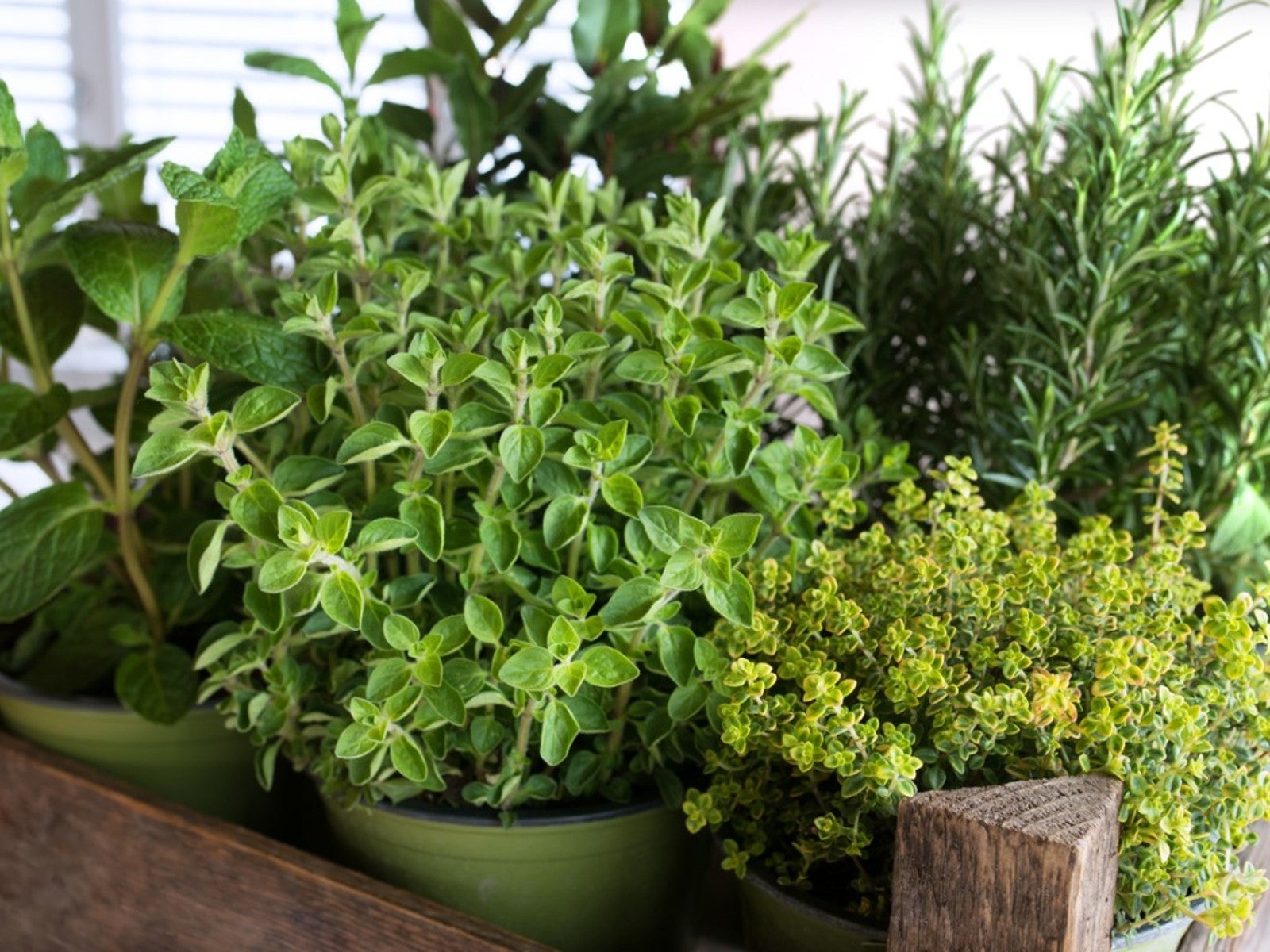 10 Easy Herbs For Beginners
10 Easy Herbs For BeginnersIf you’re new to herb growing, there are some perfect beginner herbs that are low maintenance and easy. Here are our top ten.
By Mary Ellen Ellis
-
 How To Make A Rain Gutter Herb Garden
How To Make A Rain Gutter Herb GardenOne really fun look outside the box is a hanging rain gutter herb garden. A gutter planter is a unique way to house and showcase plants.
By Bonnie L. Grant
-
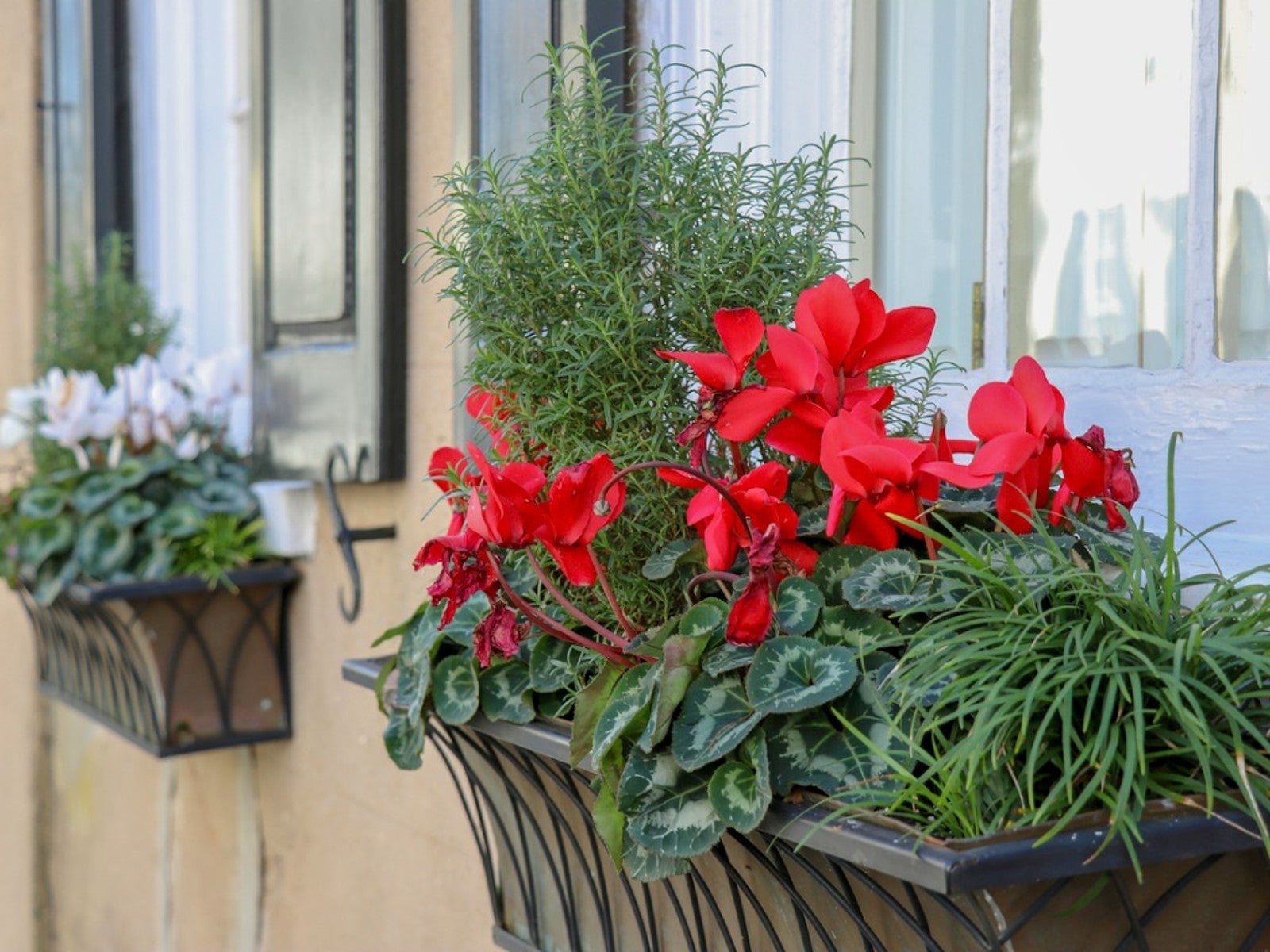 Grow A Beautiful, Edible Herb Window Box
Grow A Beautiful, Edible Herb Window BoxGrowing herbs in window boxes is a space-saving method for producing culinary ingredients for kitchen use. Click for more.
By Laura Miller
-
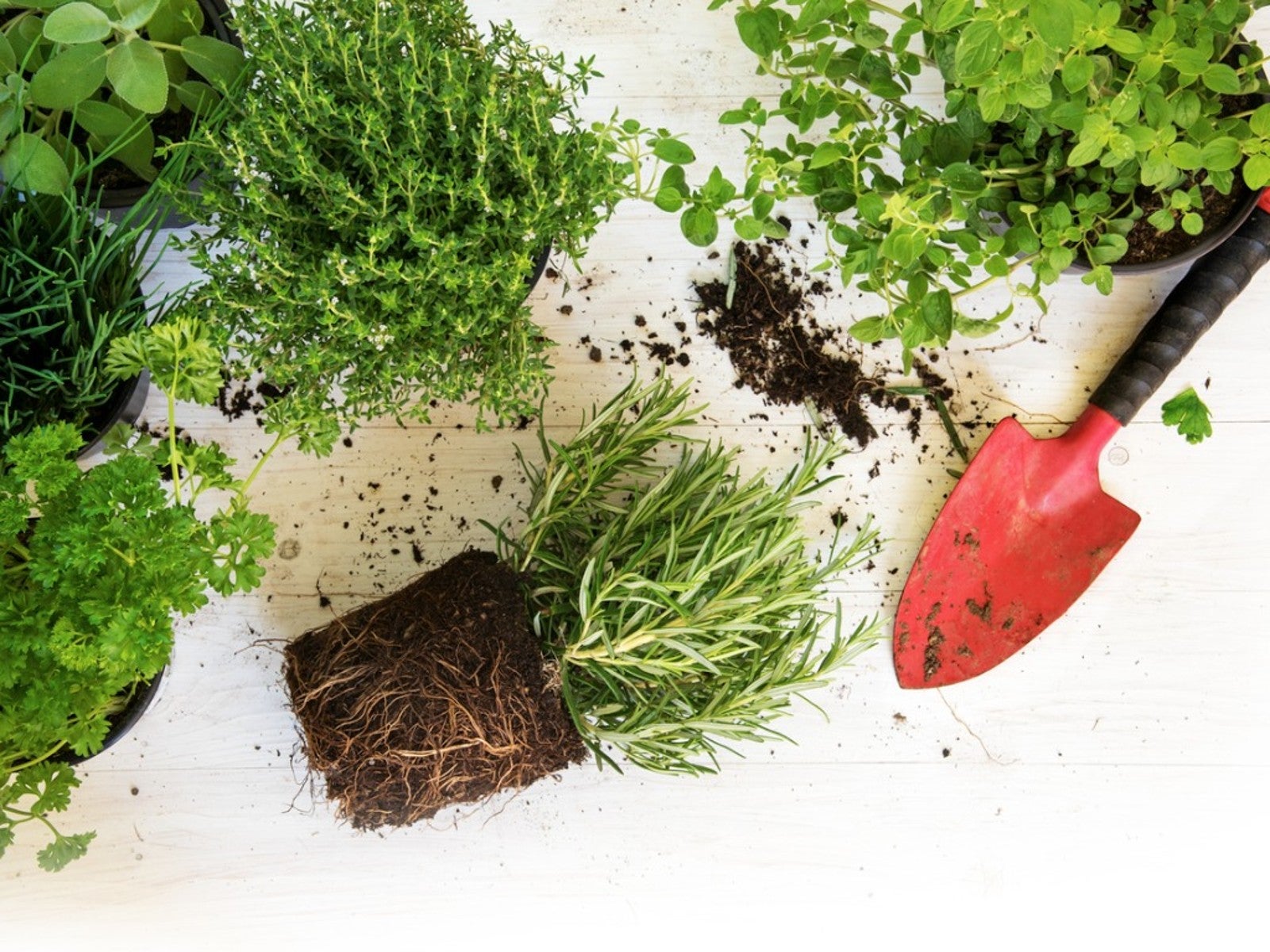 Best Herbs To Direct Sow Vs. Start Indoors
Best Herbs To Direct Sow Vs. Start IndoorsKnowing when to buy herb plants or start them from seeds or cuttings is essential to your success. Read on to learn more.
By Laura Miller
-
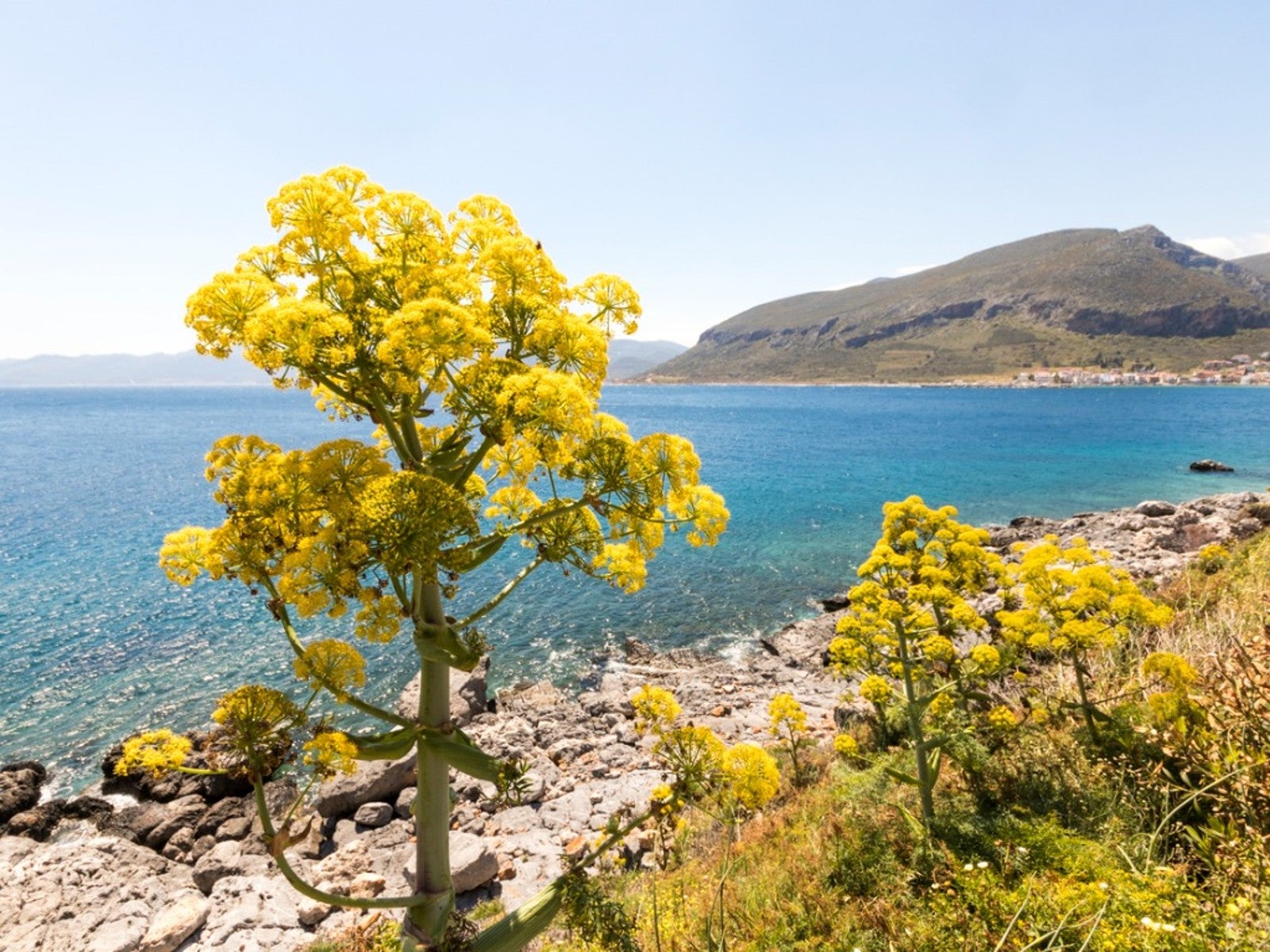 Learn About The Highly Prized Silphium Herb
Learn About The Highly Prized Silphium HerbWhat if there was a perfect plant? In ancient times such a treasure existed. It was the silphium plant.
By Laura Miller
-
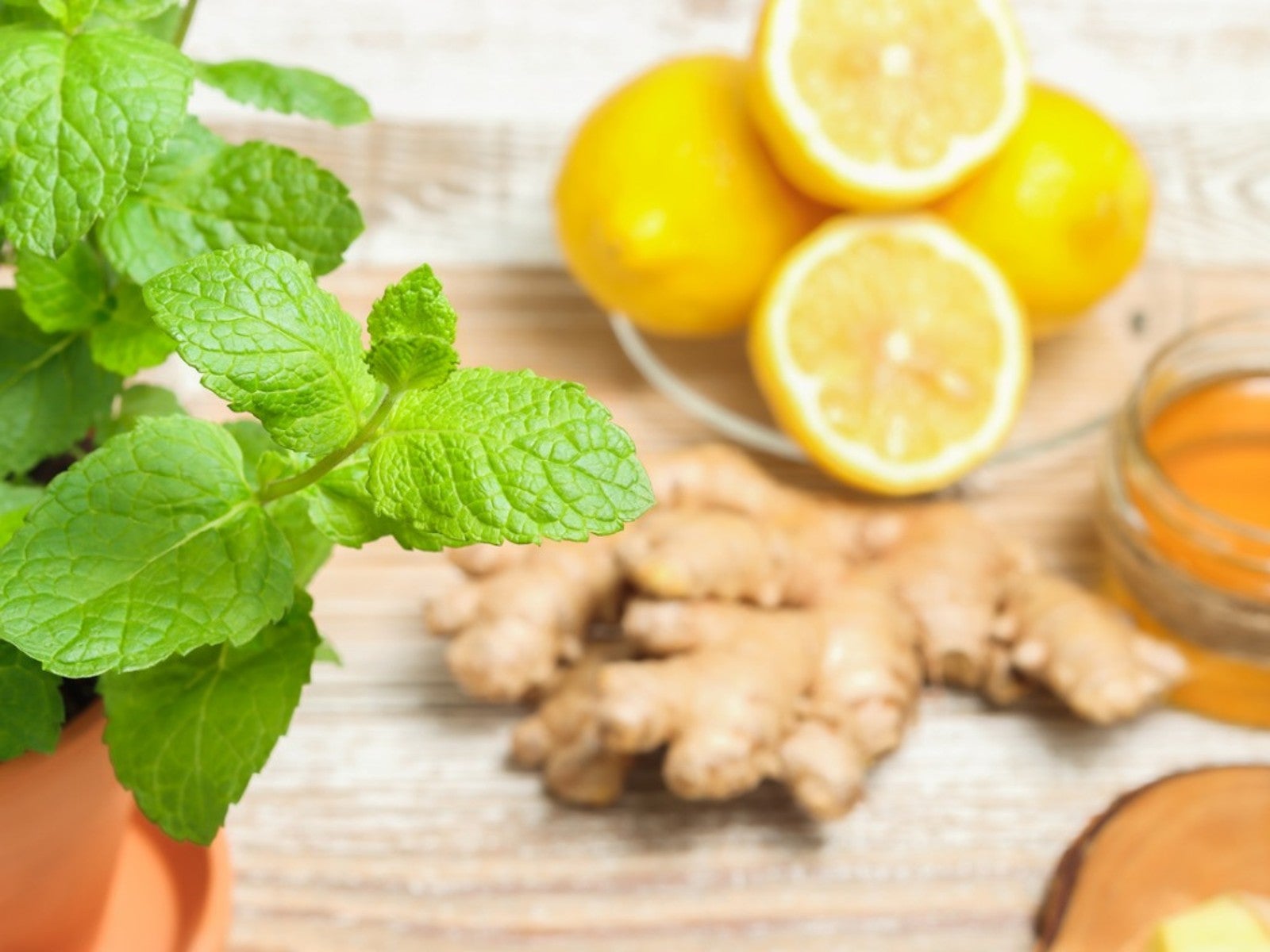 Grow Healing Herbs Indoors: Combat Winter Illness With A Medicinal Garden
Grow Healing Herbs Indoors: Combat Winter Illness With A Medicinal GardenIf you are growing medicinal plants at home, did you know you also can grow an indoor medicinal herb garden? Read on for more.
By Susan Albert
-
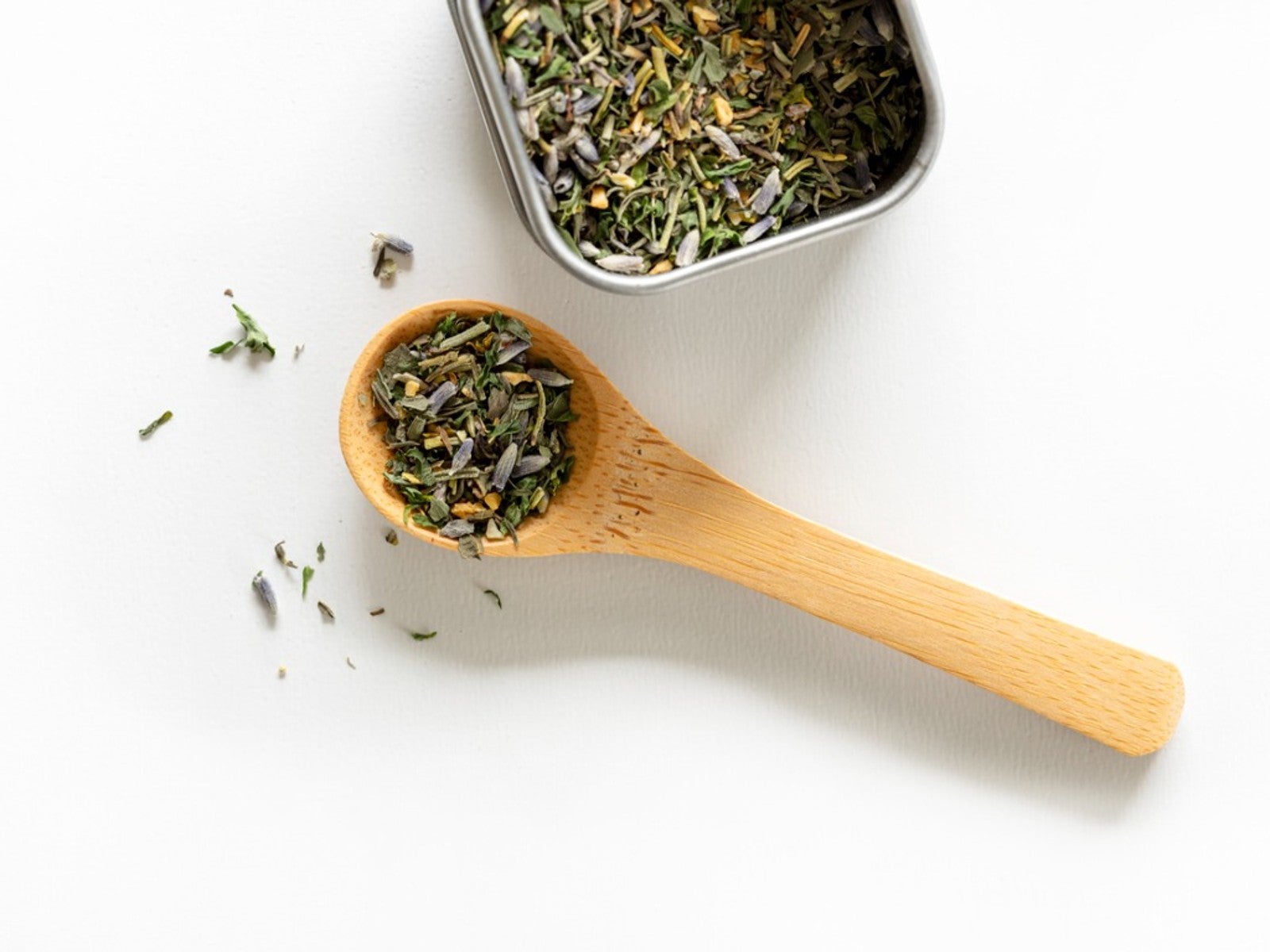 Grow Your Own Herbes De Provence - How To Grow, Dry, And Store Herbs
Grow Your Own Herbes De Provence - How To Grow, Dry, And Store HerbsHomemade gifts can add that special touch to any occasion, such as a jar of herbes de provence. Click here to learn how to grow and make your own for gifting.
By Laura Miller